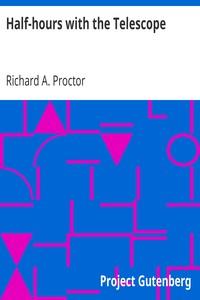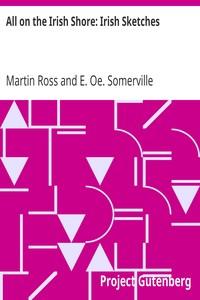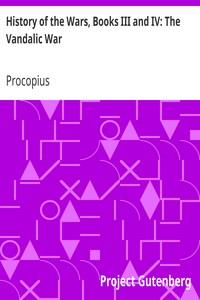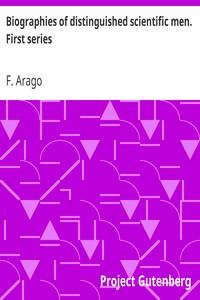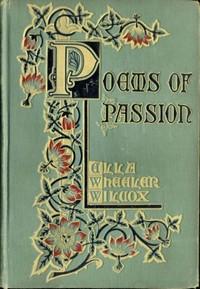|
|
Read this ebook for free! No credit card needed, absolutely nothing to pay.Words: 29534 in 8 pages
This is an ebook sharing website. You can read the uploaded ebooks for free here. No credit cards needed, nothing to pay. If you want to own a digital copy of the ebook, or want to read offline with your favorite ebook-reader, then you can choose to buy and download the ebook.

: Half-hours with the Telescope Being a Popular Guide to the Use of the Telescope as a Means of Amusement and Instruction. by Proctor Richard A Richard Anthony - Astronomy; Telescopes Astronomy@FreeBooksTue 06 Jun, 2023 The course of a slightly oblique pencil through either eye-piece is exhibited in the figures. The lenses are usually plano-convex, the convexities being turned towards the object-glass in the negative eye-piece, and towards each other in the positive eye-piece. Coddington has shown, however, that the best forms for the lenses of the negative eye-piece are those shown in fig. 5. The negative eye-piece, being achromatic, is commonly employed in all observations requiring distinct vision only. But as it is clearly unfit for observations requiring micrometrical measurement, or reference to fixed lines at the focus of the object-glass, the positive eye-piece is used for these purposes. For observing objects at great elevations the diagonal eye-tube is often convenient. Its construction is shown in fig. 7. ABC is a totally reflecting prism of glass. The rays from the object-glass fall on the face AB, are totally reflected on the face BC, and emerge through the face AC. In using this eye-piece, it must be remembered that it lengthens the sliding eye-tube, which must therefore be thrust further in, or the object will not be seen in focus. There is an arrangement by which the change of direction is made to take place between the two glasses of the eye-piece. With this arrangement no adjustment of the eye-tube is required. However, for amateurs' telescopes the more convenient arrangement is the diagonal eye-tube, since it enables the observer to apply any eye-piece he chooses, just as with the simple sliding eye-tube. For small alt-azimuths the ordinary pillar-and-claw stand is sufficiently steady. For larger instruments other arrangements are needed, both to give the telescope steadiness, and to supply slow movements in altitude and azimuth. The student will find no difficulty in understanding the arrangement of sliding-tubes and rack-work commonly adopted. This arrangement seems to me to be in many respects defective, however. The slow movement in altitude is not uniform, but varies in effect according to the elevation of the object observed. It is also limited in range; and quite a little series of operations has to be gone through when it is required to direct the telescope towards a new quarter of the heavens. However expert the observer may become by practice in effecting these operations, they necessarily take up some time , and during this time it often happens that a favourable opportunity for observation is lost. It is often convenient to make small maps of a part of the heavens we may wish to study closely. My 'Handbook of the Stars' has been prepared to aid the student in the construction of such maps. In selecting maps it is well to be able to recognise the amount of distortion and scale-variation. This may be done by examining the spaces included between successive parallels and meridians, near the edges and angles of the maps, and comparing these either with those in the centre of the map, or with the known figures and dimensions of the corresponding spaces on a globe. We may now proceed to discuss the different tests which the intending purchaser of a telescope should apply to the instrument. The two glasses should on no account be separated. In examining an eye-piece, the quality of the glass should be noted, and care taken that both glasses are free from the least speck, scratch, or blemish of any kind, for these defects will be exhibited in a magnified state in the field of view. Hence the eye-pieces require to be as carefully preserved from damp and dust as the object-glass, and to be more frequently cleaned. The tube of the telescope should be light, but strong, and free from vibration. Its quality in the last respect can be tested by lightly striking it when mounted; the sound given out should be dead or non-resonant. The inside of the tube must absorb extraneous light, and should therefore be coloured a dull black; and stops of varying radius should be placed along its length with the same object. Sliding tubes, rack-work, etc., should work closely, yet easily. The telescope should be well balanced for vision with the small astronomical eye-pieces. But as there is often occasion to use appliances which disturb the balance, it is well to have the means of at once restoring equilibrium. A cord ring running round the tube , and bearing a small weight, will be all that is required for this purpose; it must be slipped along the tube until the tube is found to be perfectly balanced. Nothing is more annoying than, after getting a star well in the field, to see the tube shift its position through defective balance, and thus to have to search again for the star. Even with such an arrangement as is shown in fig. 8, though the tube cannot readily shift its position, it is better to have it well balanced. The quality of the stand has a very important influence on the performance of a telescope. In fact, a moderately good telescope, mounted on a steady stand, working easily and conveniently, will not only enable the observer to pass his time much more pleasantly, but will absolutely exhibit more difficult objects than a finer instrument on a rickety, ill-arranged stand. A good observing-chair is also a matter of some importance, the least constraint or awkwardness of position detracting considerably from the power of distinct vision. Such, at least, is my own experience. Free books android app tbrJar TBR JAR Read Free books online gutenberg More posts by @FreeBooks
: All on the Irish Shore: Irish Sketches by Ross Martin Somerville E Oe Edith Oenone - Ireland Social life and customs Fiction@FreeBooksTue 06 Jun, 2023

: History of the Wars Books III and IV: The Vandalic War by Procopius Dewing H B Henry Bronson Translator - Iran History To 640; Vandals; Goths Italy; Byzantine Empire History Justinian I 527-565; Justinian I Emperor of the East 483?-565@FreeBooksTue 06 Jun, 2023
|
Terms of Use Stock Market News! © gutenberg.org.in2025 All Rights reserved.

